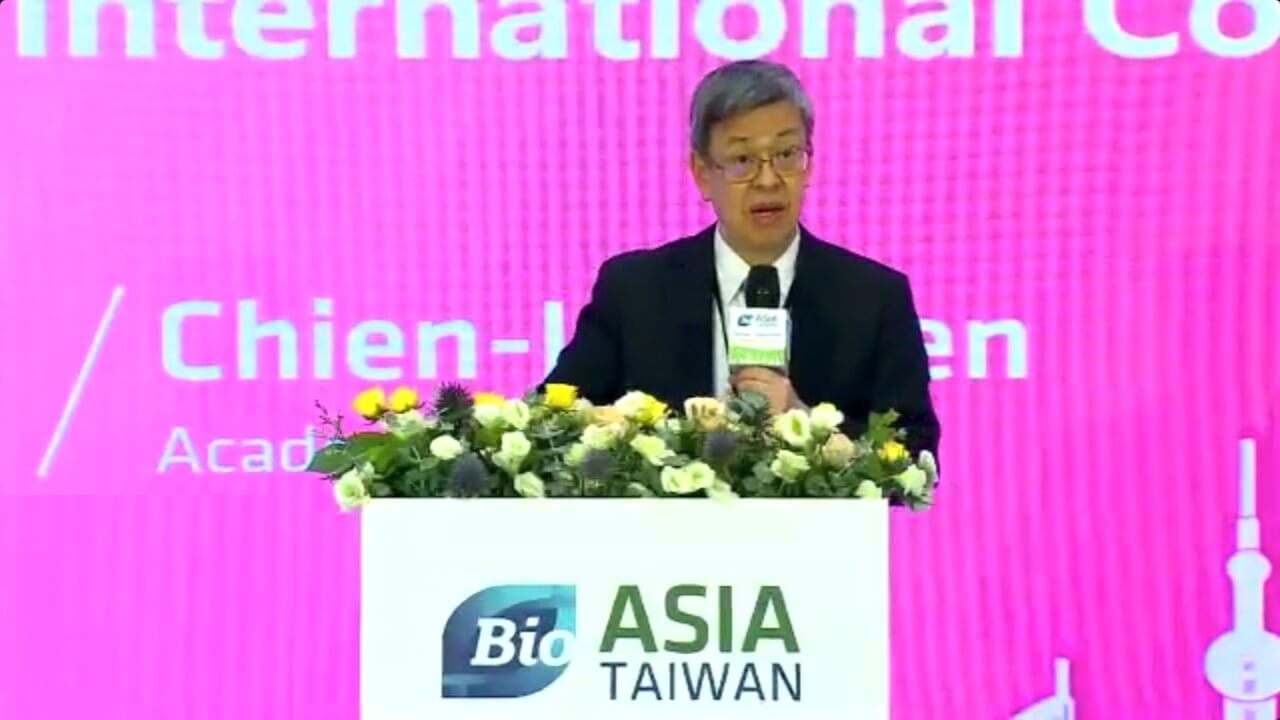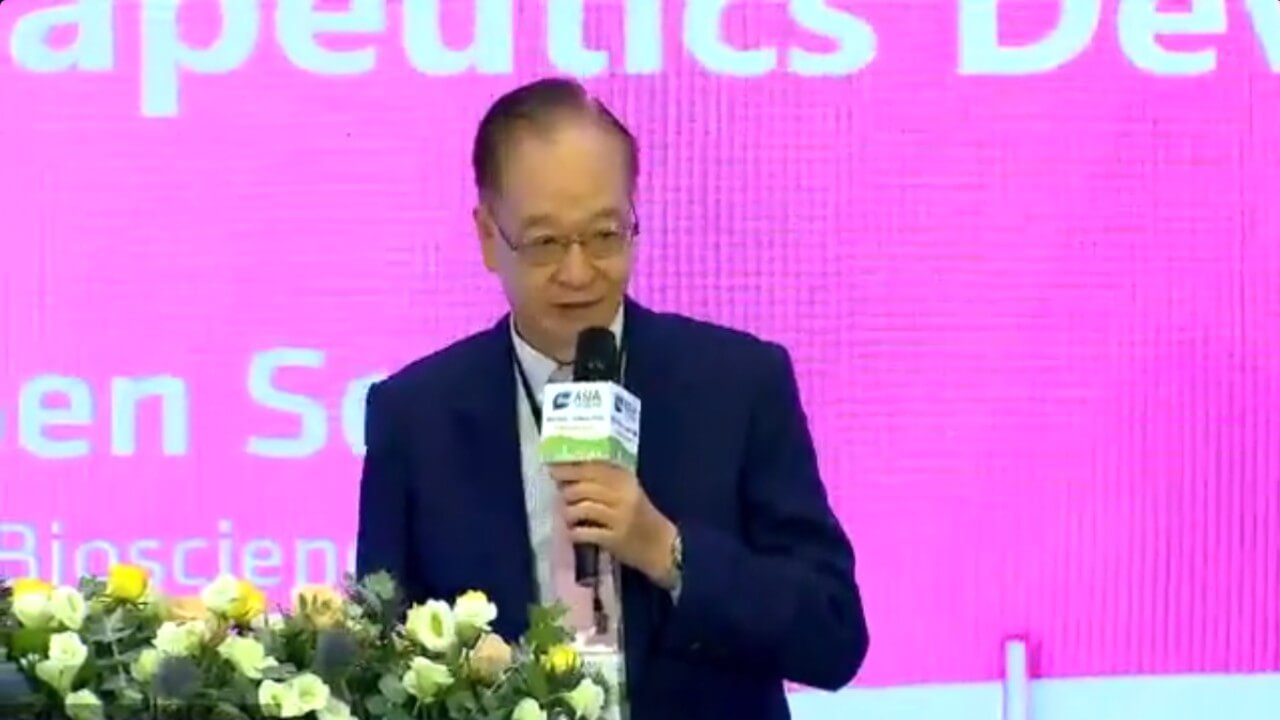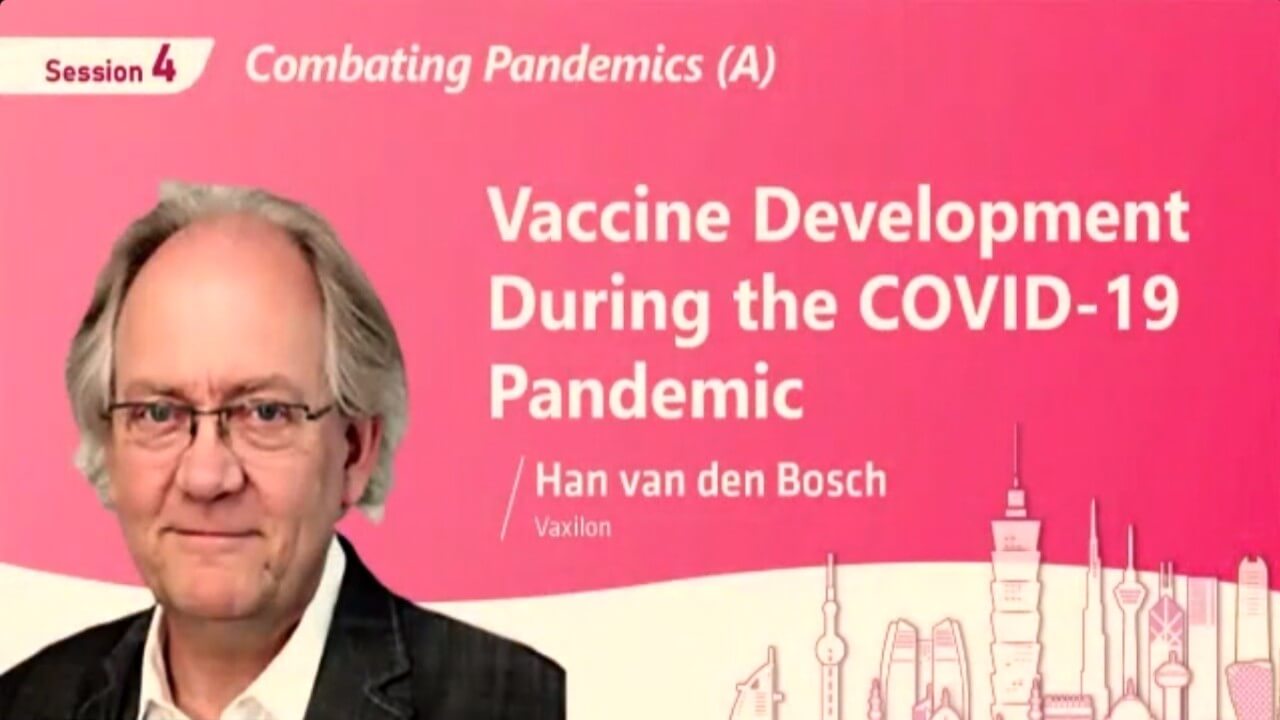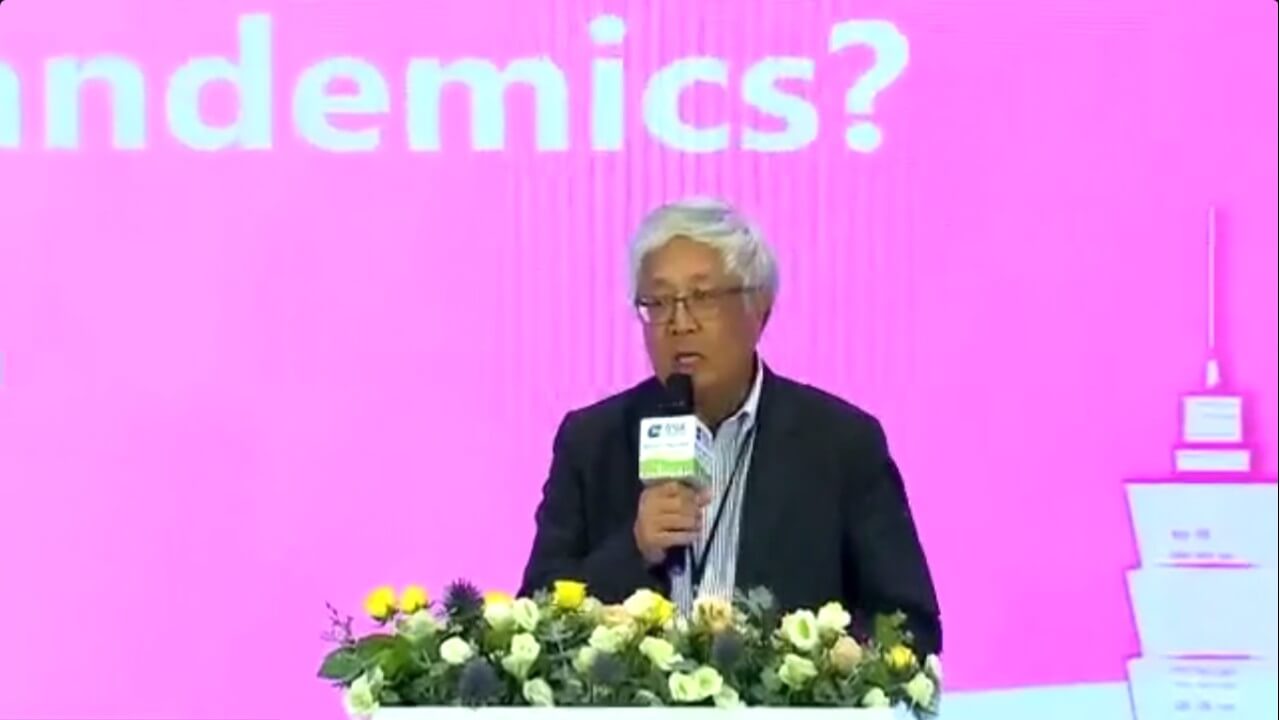Efforts Behind the Taiwan Model of Combating COVID-19 Pandemic
By Sahana Shankar, Ph.D. Candidate
At the BIO ASIA-Taiwan conference, Dr. Hong-Jen Chang, President of Taiwan Research-based Pharmaceutical Manufacturers’ Association (TRPMA), moderated a timely showcase on how Taiwan’s government, healthcare professionals, and pharma companies took the first-mover advantage to rein in COVID-19 outbreak in the region.
COVID-19 Control in Taiwan: Achievements, Challenges and International Collaboration
Introduced as “Taiwan’s weapon against the coronavirus,” Dr. Chien Jen Chen, former Vice President of Taiwan and a renowned epidemiologist, gave an account of Taiwan’s measures to limit the number of cases below 500. He detailed how an early damage control plan of quarantining arrivals, contact tracing, transparent communication by the government, and AI-enabled quarantine monitoring contributed to efficient control. He attributed Taiwan’s COVID-19 success to “prudent action, rapid response, early deployment, and transparency.”

The pandemic saw a rapid increase in manufacturing capabilities to produce 20 million face masks per day. Researchers contributed with a rapid-antibody test, multiple vaccine candidates, and devices to maintain safety in hospitals. Taiwan’s rapid mobilization, swift decision making, thorough implementation, coordinated resource distribution, transparent information, and advanced technology have helped combat COVID-19 so far. Current challenges include low herd immunity due to fewer cases and a second wave from imported cases when border controls are eased. He ended on an optimistic note that international collaborations to enforce quarantine and containment, data sharing, and R&D programs for antivirals will help us overcome the pandemic.
Treatment Options for SARS-CoV-2 Infection
Dr. Jann-Tay Wang, Deputy Director, NTU Hospital, shared the latest drugs and therapeutic options for COVID-19. Speaking of the disease cycle, he shared that during the early stages of the infection, the viral load is high. However, during later stages of infection, there is a rapid increase in host inflammatory response due to pneumonia and acute respiratory distress. Hence, it is critical to review the therapy options based on the time course of infection with antivirals in the early stage and anti-inflammatory agents in the later phase. He discussed the current status of clinical use of remdesvir/lopinavir (prevents viral replication), hydroxychloroquine (blocks virus entry into host cell), and interferon a/b (viral release from infected cells).

Based on clinical data, remdesvir has overall favorable outcomes in mild cases, but data on hydroxychloroquine is inconclusive. HIV protease inhibitor lopinavir demonstrated inadequate antiviral activity and some side effects. This could be due to the difference in the structure of the protease between HIV and SARS-CoV-2. The use of interferons may improve innate immunity against the virus, as demonstrated by clinical data. Interleukin antagonist is another possible therapeutic avenue based on multiple studies. Steroids like dexamethasone and interferon therapy may be useful in specific cases but need more validation to be used in clinical practice.
Why is CK2 Named as a Target for Anti-COVID-19 Therapeutics Development?

Dr. Tai-Sen Soong, President & CEO, Senhwa Biosciences, showcased a potential molecule for COVID-19 therapy- Casein Kinase 2 (CK2). Finding a drug target is often time/labor/capital consuming. Repurposing a validated target is more efficient and specific. CK2 is involved in viral replication and inducing an inflammatory cytokine storm. Hence, CK2-inhibitor would be a dual-action drug that can inhibit viral replication in the host and prevent inflammation. Data from high throughput screening, animal, and human clinical studies show viral load reduction. CK2 inhibitor could be administered throughout the infection without adverse effect, and it can be repurposed as a COVID-19 drug since it has gone through the regulatory pipeline.
Vaccine Development During the COVID-19 Pandemic
On behalf of Medigen Vaccine Biologics, Taiwan, Dr. Han van den Bosch introduced their current vaccine development landscape. A protein subunit vaccine, in collaboration from Medigen, NIH-NIAID, and Dynavax, is currently in pre-clinical trials. The vaccine is designed based on the S-trimer pre-fusion spike protein, as opposed to the mature S protein to improve stability and immune response. The addition of a US-FDA approved adjuvant CpG1018 from Dynavax increases Th cell response.

While NIH studies inform the S protein structure and design, adjuvant comes from Dynavax, and Medigen is involved in the development and manufacturing of the vaccine. Medigen plans to finish the pre-clinical development and CMC by fall 2020 to proceed with clinical trials to be done by June 2021. Concurrently, manufacturing and scale-up are planned to provide up to 200 million doses by the end of 2021. Pre-clinical results in mice are promising w.r.t neutralizing antibodies, Th cell induction, and cytokine release. With the Emergency Use Application for FDA clearance, Medigen hopes to have enough vaccine doses for Taiwan by the end of 2021.
How a Vaccine Manufacturer Excel in an Era of Pandemics?
Leveraging their vaccine manufacturing experience from the H1N1 outbreak in 2009, Adimmune is equipped with a state-of-the-art production facility and technical know-how. Dr. Chung-Cheng Liu, President and General Manager of Adimmune Corporation, shared that while maintaining Asia’s only US FDA and EMA GMP certified vaccine facility, Adimmune provides 40% of Taiwan’s vaccines and exports flu medicines to US, Europe, and Southeast Asia.

Providing examples of their successful vaccines, Dr.Liu shared their development process of a possible COVID-19 vaccine in the works since January 2020. Using recombinant production of viral protein in insect cell sf9, Adimmune has a vaccine candidate, which induces high titer of neutralizing antibodies in pre-clinical and animal studies. They are awaiting TFDA’s clearance for human trials. With their previous expertise, 10-40 million doses can be manufactured once the vaccine is effective in phase II clinical trials.
Editor: Rajaneesh K. Gopinath, Ph.D.
Related Article: Innovative Diagnostics, AI, Blockchain and Telemedicine Boosts COVID-19 Fight
©www.geneonline.com All rights reserved. Collaborate with us: service@geneonlineasia.com





